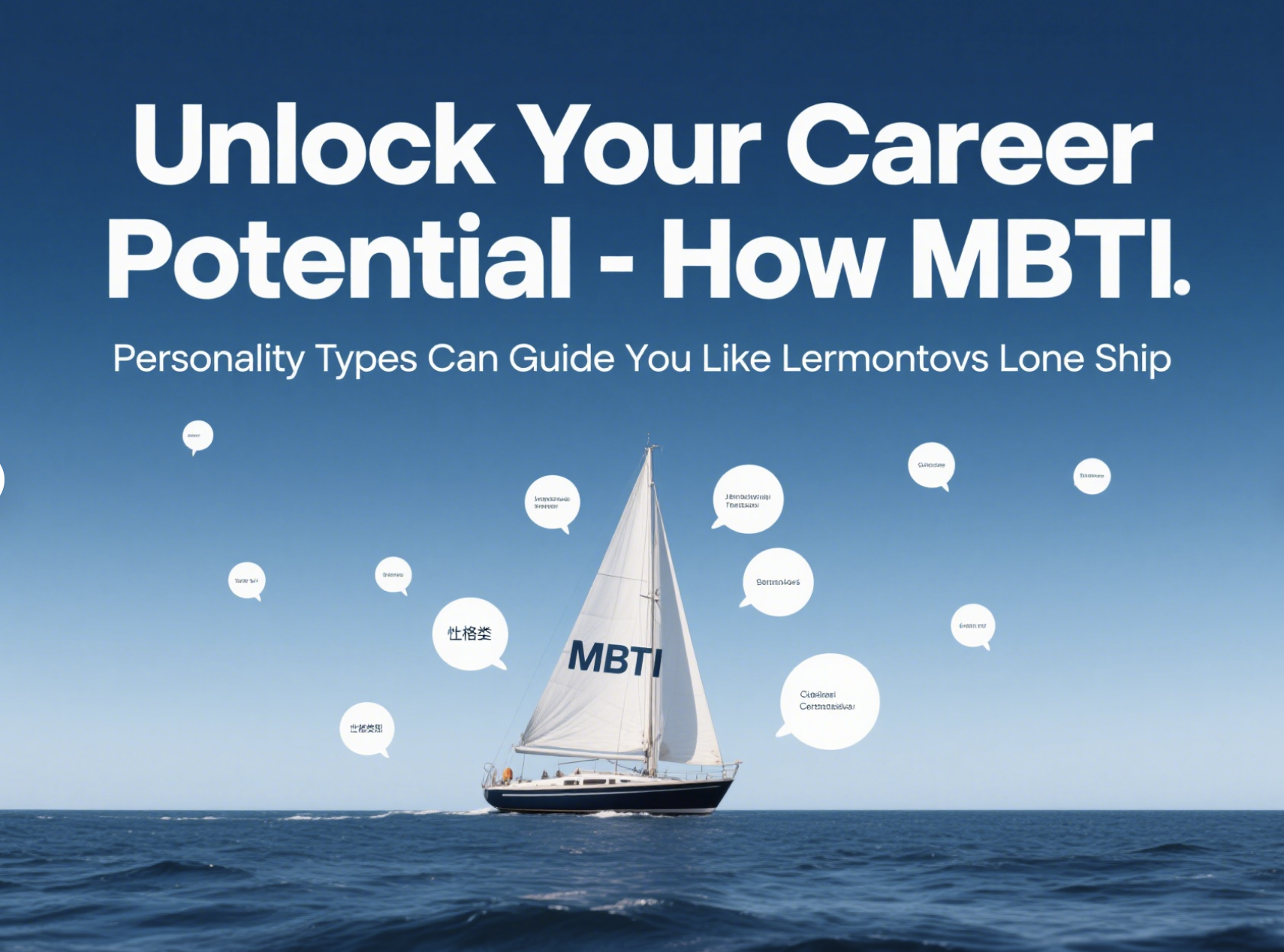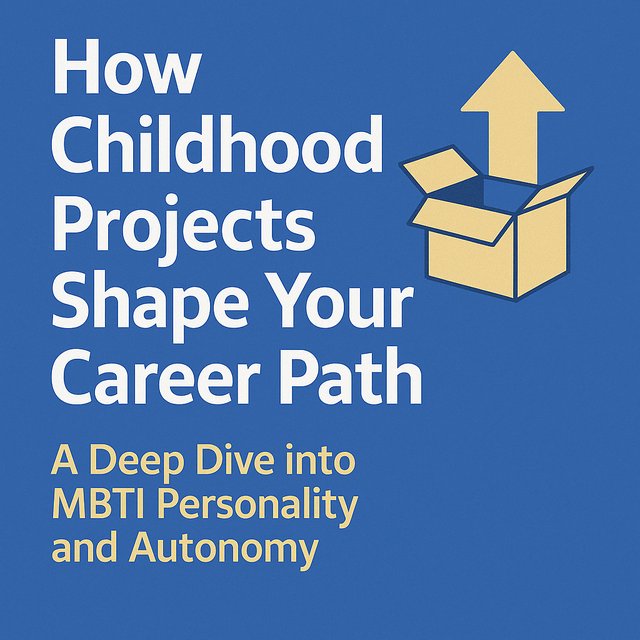Unlock Your Career Potential: How MBTI Personality Types Can Guide You Like Lermontov’s Lone Ship

Navigating Your Career Like Lermontov’s Lone Ship: The MBTI Guide to Purposeful Growth
In Mikhail Lermontov’s evocative poem, a lone ship sails calmly across the sea—neither chasing happiness nor fleeing from it, simply moving forward with quiet determination. This imagery resonates deeply with career development: the journey is not just about external rewards, but about aligning your path with your innate strengths and personality. At ProMbti, we believe that understanding your Myers-Briggs Type Indicator (MBTI) personality type is the compass that can guide you toward a fulfilling career, much like the ship’s unwavering course under the golden sun.
The MBTI Framework: Your Career Navigation Tool
The MBTI categorizes personalities into 16 distinct types based on four key dichotomies:
Introversion (I) vs. Extraversion (E) – Where you draw energy
Sensing (S) vs. Intuition (N) – How you process information
Thinking (T) vs. Feeling (F) – How you make decisions
Judging (J) vs. Perceiving (P) – Your approach to structure
Each combination (e.g., INFJ, ESTP) reveals unique career affinities. For instance:
INTJs (The Strategist) thrive in analytical, visionary roles like data science or entrepreneurship.
ESFPs (The Entertainer) excel in dynamic, people-centric fields like marketing or performing arts.
By identifying your type, you gain clarity on work environments, communication styles, and roles that align with your natural tendencies—helping you sail smoothly toward professional satisfaction.Why Personality Matters in Career Choices
Many professionals feel adrift in their careers because they’ve prioritized external validation (salary, prestige) over intrinsic fit. Consider:
An ISTJ (The Logistician) in a chaotic startup may feel drained, whereas they’d flourish in structured roles like accounting or project management.
An ENFP (The Campaigner) stuck in repetitive tasks will crave creative freedom—making them better suited for careers in counseling or content creation.
Lermontov’s ship isn’t tossed by waves because it knows its course. Similarly, MBTI insights help you avoid career turbulence by anchoring choices to self-awareness.Practical Steps to Align Your Career with Your MBTI Type
Take a Reliable Assessment – ProMbti’s scientifically validated test pinpoints your type accurately.
Research Career Matches – Explore professions that leverage your strengths (e.g., ISTPs often shine in engineering or hands-on trades).
Seek Complementary Roles – If you’re an INFP (The Idealist), roles with purpose (nonprofits, writing) will fuel your passion.
Adapt Your Work Style – ENTJs (The Commander) can harness their leadership in management, while ISFJs (The Protector) may prefer supportive roles like healthcare.
The Bigger Picture: Career Fulfillment Beyond Paychecks
Lermontov’s ship finds serenity not in the destination, but in the journey itself. Likewise, career satisfaction stems from:
Autonomy – Choosing work that respects your natural rhythms (e.g., remote work for INFPs).
Growth – Aligning tasks with your cognitive preferences (e.g., problem-solving for ENTPs).
Impact – Feeling your contributions matter (critical for ENFJs).
Conclusion: Set Sail with Confidence
Just as the ship trusts the sea and sun, trust your MBTI type to illuminate your path. At ProMbti, we empower you to navigate your career with the same purposeful calm—because the right career isn’t just about success; it’s about sailing toward your true north.
Ready to chart your course? Explore ProMbti’s tools today and transform uncertainty into direction.




